|
View: 2679|Reply: 4
|
Pengeluar Peralatan Tentera Utama Dunia
[Copy link]
|
|
|
Lockheed Martin
Lockheed Martin Corporation was formed in March 1995 with the merger oftwo of the world's premier technology companies, Lockheed Corporationand Martin Marietta Corporation. In 1996, Lockheed Martin completed itsstrategic combination with the defense electronics and systemsintegration businesses of Loral.
Lockheed Martin traces its roots back to the early days offlight. In 1909 aviation pioneer Glenn L. Martin organized a companyaround a modest airplane construction business and built it into amajor airframe supplier to U.S. military and commercial customers.Martin Marietta was established in 1961 when the Glenn L. MartinCompany merged with American-Marietta Corp., a leading supplier ofbuilding and road construction materials. In 1913, Allan and MalcolmLoughead (name later changed to Lockheed) flew the first Lockheed planeover San Francisco Bay. The modern Lockheed Corporation was formed in1932 after the fledgling airplane company was reorganized.
Theformer Loral Corporation was founded in 1948 in New York City byWilliam Lorenz and Leon Alpert as a small defense electronics firm thatover the years grew into a multi-billion dollar firm. In sum, the newLockheed Martin Corporation comprises all or portions of 17 heritagecompanies.

B-26 Marauder Medium Bomber
C-141 Starlifter

F-117 NigtHawk

SR-71 BlackBird

S-3 Viking

C-130J Super Hercules

F-35 JSF

F-16 Fighting Falcon

F-22 Raptor
Fleet Ballistic Missiles (FBM)
Responsibilityfor patrolling the international waters of the world, which covernearly 70 percent of the Earth's surface, rests squarely on theshoulders of the Navy's fleet of ballistic missile submarines. Sincethe program's inception in 1955, Lockheed Martin has been the Navy'sprime strategic missile contractor and missile system manager, analliance that has existed through six generations of FBMs, each onemore capable than its predecessor. The formidable range and accuracy ofFBMs are renowned throughout the world. Hidden, mobile and ready tolaunch in a matter of minutes, they are largely credited with deterringnuclear aggression against the United States and its allies.
TheD5 is the latest generation of submarine launched ballistic missiles,following the highly successful Polaris, Poseidon, and Trident I C4programs. D5 began full production in 1988 and current production willcontinue through 2005. Lockheed Martin developed and produces themissile and support equipment. The company also supplies technical andlogistical support at sites where the missiles are deployed. The FBMteam continues to build on a remarkable mission success track record.From January 2000 to the present, the team has been responsible for thesuccessful test launch of three Trident I C4 missiles and four TridentII D5 missiles. These latest test launches extend the FBM team'sconsecutive streak of successful Trident II D5 missile launches to morethan a hundred.

F-14 Infrared Search and Track (F-14 IRST)
C-5 Galaxy
[ Last edited by BeachBoys at 19-10-2008 11:53 PM ] |
|
|
|
|
|
|
|
|
|
|
|
|
Northrop Grumman
In April 1961, eight engineers, all working for Southern Californiaaerospace companies, founded Logicon Inc. The company's name was aderivation of two words, logic and controls, and represented their planto apply computer technology to the national defense needs.
Theventure was launched with a single task - a subcontract with Univac tosupport digital systems engineering work related to the U.S. Navy'sTactical Data System.
In 1962, Logicon won its first primecontract to directly support that tactical data system, beginning thecompany's long and successful relationship with the Navy. That sameyear, Logicon landed an important Air Force contract to support theTitan III space booster program. The company won its first competitivecontract award in 1963, capturing the ICBM Advanced Targeting Study forthe Air Force. These three contracts fueled the company's growth duringthe remainder of the 1960s.
Branching out in the 1970s
Duringthe early 1970s, the company engaged in some activities aimed atdiversifying its customer base. Under a contract with the US PostalService, Logicon produced the process control systems - includingcomputers, electronics and software - that would automate mail handlingat 21 bulk mail centers throughout the United States. Another unit ofLogicon was engaged in producing a line of pre-press automation systemsfor the printing industry.
The company's most significantcontracts remained with the Department of Defense. Key activitiesincluded software development for the Air Force's ballistic missileprogram, verification and validation of software developed for AirForce weapon systems, and the development of large-scale simulationsystems for the Navy.
Growth during the 1980s
Bythe early 1980s, Logicon was engaged in a broad range of activitiesincluding: space systems; aircraft & avionics; command &control; information processing; mission planning & analysis;strategic missiles; text & message handling for the intelligencecommunity; air traffic control; automated training systems; newspapertext processing; and industrial plant automation.
In 1983,Logicon acquired R&D Associates, a company whose founders came fromthe Rand Corporation. RDA was focused on policy issues, research intonuclear weapons effects, analysis of national intelligence collectionsystems and energy problems. This acquisition increased Logicon's sizeby about 50 percent and added a whole new customer base.
Logiconwent on to acquire Operating Systems Inc.; Chase, Rosen and Wallace;Eagle Technology; and Fourth Generation Technology, Inc., during the1980s. These companies expanded Logicon's markets and brought newexpertise in message text handling, information dissemination,interoperability and fourth generation software programming languages.
Throughoutthis period, Logicon remained focused on its core defense business. Keycontracts included support related to the Strategic Defense Initiative;experimental and technical support for the Defense Nuclear Agency;software development and test support for MX Peacekeeper and smallICBM; the Identification Friend, Foe or Neutral test bed; an airdefense simulator; software and system support for the Jet PropulsionLaboratory; and software development for the Federal Aviation Agency'sNational Airspace Modernization System.
New directions in the 1990s
Theearly 1990s saw the end of the Cold War and a reduced threat to worldpeace. The resulting decline in defense budgets caused the governmentto place emphasis on the maintenance and modernization of existingweapon systems and on the sharing of information across the services inorder to maximize resources.
Logicon was well positioned to takeadvantage of this shift in priorities. It had a solid reputation forits work in the areas of software development and maintenance andmodification of existing software for a number of key weapons systems.
Inaddition, Logicon had established itself as an information technology(IT) company. IT projects were getting high priority within the federalgovernment as it began a massive effort to make the transition fromlegacy computer systems to distributed, networked systems with commonoperating environments.
During the 1990s, Logicon madeadditional strategic acquisitions. It added new capabilities andcustomers in the area of satellite communications and command andcontrol of space systems when it acquired Ultrasystems in 1991 andGeodynamics Corporation in 1996.
In 1995, Logicon purchasedSyscon Corporation, a company nearly a third the size of Logicon.Syscon specialized in support to the Navy, most notably on the AEGISprogram and the Naval Sea Systems Command. Syscon also successfullyexpanded Logicon's role into providing IT support services to federalgovernment agencies such as the Department of Justice, the NationalArchives and Records Administration and the US Patent and TrademarkOffice.
Joining Northrop Grumman in 1997
While Logicon was growing its business through the 1990s, Northrop Corporation was transforming itself.
Foundedin 1939 in Hawthorne, Calif., Northrop was best known for itspioneering work in military airplane design and manufacturing. Facedwith a declining defense budget in the 1990s, the company made astrategic decision to reduce its reliance on military aircraft and growin commercial aerostructures, electronics and information systems.
Thefirst step came in 1992 when Northrop acquired a 49 percent interest inVought Aircraft Company, a major supplier of aerostructures. Northropacquired Grumman Corporation in 1994 and renamed itself NorthropGrumman. This acquisition doubled the company's electronics-relatedbusiness and strengthened its information systems business. Also in1994, Northrop Grumman purchased the remaining 51 percent of VoughtAircraft.
In 1996, Northrop Grumman made another majoracquisition, the defense electronics group of Westinghouse ElectricCompany. This purchase set Northrop Grumman on a course where itselectronics business would exceed its aircraft business.
However, additional opportunities in the information systems world remained.
In1997, Northrop Grumman acquired Logicon, and established it as a whollyowned subsidiary. The acquisition was part of Northrop Grumman'slong-term plan to focus on the technologies likely to yield thegreatest improvements in US national security capabilities. Thisstrategy led Northrop Grumman to acquisitions in advanced sensors andelectronics and information technology, while enhancing its existingcapabilities in manned and unmanned aerial systems.
NorthropGrumman merged its existing information systems business with Logiconin 1998, retaining the Logicon name. This created an enterprise withnearly $1 billion in sales and more than 10,000 employees. Since thattime, Northrop Grumman has acquired the following companies andsuccessfully integrated them into Logicon: Inter-National ResearchInstitute (INRI) (1998), DPC Technologies (1999), Comptek FederalSystems (2000), Federal Data Corporation (2000), Sterling Software'sFederal Systems Group (2000), Litton TASC (2001) and Litton PRC (2001).As part of a global branding initiative in 2001, Northrop Grummanrenamed the Logicon sector, Northrop Grumman Information Technology.
Today,Northrop Grumman Information Technology is a leading IT solutionsprovider and its areas of expertise include: information systemsintegration; command, control, communications, computers, intelligence,surveillance and reconnaissance (C4ISR); enterprise hardware andsoftware solutions; simulation, analysis and training; base and rangesupport; signals intelligence; space systems; health solutions; publicsafety; and specialized scientific, engineering and technical

Zumwalt-Class Destroyer (DDG 1000)

state-of-the-art vessels for US Coast Guard

Gerald R.Ford Class

Nimitz Nuclear-powered Aircraft Carrier

Aviation Ship Integration Center

Aegis Guided-Missile Destroyer
 Wasp-
Wasp-class large-deck multipurpose amphibious assault ships

Virginia Class Submarines
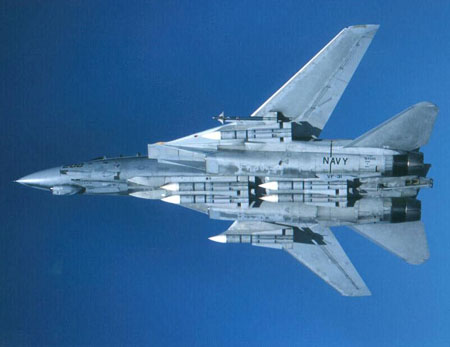
F-14 Tomcat
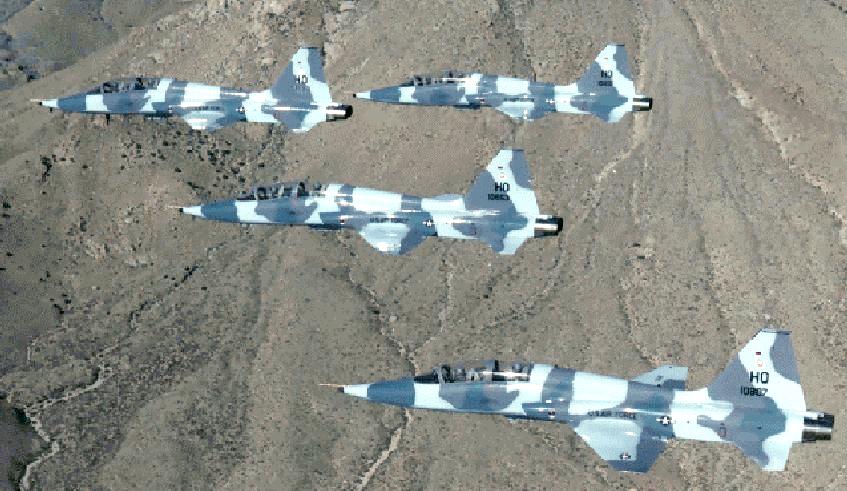
F-5

F-18 Hornet / Super Hornet
|
|
|
|
|
|
|
|
|
|
|
|
Sukhoi Design Bureau (JSC)
The origin of Joint-Stock Company Sukhoi Design Bureau dates back toteam No 4 of CAHI's AGOS aviation, flying boat aviation and aircraftprototype engineering facility, the team having been taken over by P.O.Sukhoi in October 1930. It was at that point that the team of thefuture Design Bureau started to take shape.
The next nine years saw the team produce: - The experimental fighters I-3, I-14, DIP;
- The record-breaking RD aircraft used by the crews of V.P.Chkalov and M.M. Gromov to perform a number of trailblazinglong-distance flights, and by the crew of M.M. Gromov to set anabsolute world record in direct flight range, 10,148 km, the distancehaving been covered in 62 hours 17 min;
- The long-range DB-2 bomber, an upgraded version of which,called Rodina, was used by the all-female crew under V.S. Grizodubovato perform a non-stop flight from Moscow to the Far East;
- The multi-role BB-1 aircraft (after 1940 known as the Su-2),which was the first Sukhoi series aircraft to be produced in largenumbers (910 planes) and in its short-range bomber and artilleryrecon/spotter versions took an active part in the Great Patriotic War.
To set up production of the BB-1, the government resolution of 29thJuly 1939 appointed P.O. Sukhoi Chief Designer. He, together with theteam of the Design Bureau, which had been given a standalone status,was relocated to production aircraft plant No 135 in Kharkov.
The subsequent efforts of the team are focused on development of: - versions of the Su-2 aircraft;
- The prototype armoured Su-6 attack aircraft in single-seat andtwo-seat versions, for which P.O. Sukhoi was awarded Stalin's Prize ofthe 1st Level in 1943;
- The prototype cannon-armed Su-1 (Su-3) fighter;
- The prototype long-range two-seat armoured Su-8 attack aircraft;
- The experimental Su-5 and Su-7 with combined powerplants.
Beginning in 1945, the Design Bureau was engaged in development and building of: - The Su-9, Su-11, Su-15, Su-17 jet fighters (the first ones under this system of naming);
- The Su-10 jet bomber;
- The twin-engine Su-12 piston recon/spotter Su-12.
The Tu-2 bomber platform was used to develop, and put intoproduction, the trainer bomber UTB-2; it addition, design work wascarried out on passenger and troop-carrying aircraft, the Su-14 jetattack aircraft and a number of other aeroplanes.
The five post-war years saw the Design Bureau develop and introduce the nation's first: - booster aircraft control system;
- landing braking parachute;
- catapult ejection seat with telescopic trolley;
- jettisonable nose with pressurized cockpit.
In November 1949, a government's resolution scrapped the DesignBureau, not to be resurrected till May 1953, when it was set up withnew production facilities. The Design Bureau got a new lease on lifewith the advent of supersonic jet aviation. That is why the designteam's major projects at the initial stage were the supersonic fightersS-1 and T-3. The S-1 provided a platform for the family offighter-bombers, the Su-7 and Su-17, and more than 20 versions of them,with the Su-17 becoming the USSR's first aeroplane with a variablesweep wing. The experimental T-3 became the platform for the firstSoviet target interception air launched missile system Su-9-51 and thesubsequent Su-11-8M and Su-15-98(M) systems. In the '60s, the list ofthe equipment being developed by the Design Bureau became longer. In1962, a project was launched to produce a long-range strike/reconaircraft, the T-4, the maiden flight of the prototype taking place on22nd August 1972. This aircraft featured this country's firstfly-by-wire system and automatic throttle control, with aweld-fabricated airframe of titanium and heavy-duty steel.
The year 1969 saw the maiden flight of the frontline Su-24bomber with variable sweep wing, the first Soviet all-weather strikeaircraft. The Su-24 was produced in several versions. It is currentlyin the inventory of the Air Forces of the RF and a number of othercountries.
The year 1975 saw the maiden flight of the armoured Su-25attack aircraft designed for destruction of battlefield targets. TheSu-25 was the nation's first mass-produced jet attack aircraft; it hasseveral versions and is currently a key asset of RF combat aviation.
In 1969, the Design Bureau started development of afourth-generation fighter, and in 1977, the prototype Su-27 fightermade its first flight. In the following years, the Su-27 platform wasused to produce the Su-27UB, Su-30, Su-32, and Su-33.
In order to implement design solutions and master newmaterials and engineering processes, an experimental prototypeaircraft, the Su-47 (maiden flight 1997), was developed.
The aircraft-building experience gained by the Design Bureau'steam over many decades made it possible to produce a family ofaerobatic aeroplanes, the Su-26, Su-29, and Su-31. With these machines,the national aerobatics team of the USSR and RF have won a total of 330medals (156 gold medals) at the World and European Championships.
At the beginning of the '90s, the Design Bureau initiated workon civil projects. The year 2001 saw the first flights of the utilitytransport aircraft Su-80GP and the agricultural Su-38L plane.
Sukhoi Civil Aircraft (CJSC) is currently engaged in developing a family of regional RRJ aeroplanes.
In different periods, the team was headed by P.O. Sukhoi, Ye.A. Ivanov,M.P. Simonov, and since 1999, the Chief Executive Officer has been M.A.Pogosyan. Over many decades, the Design Bureau's team has developedabout 100 aircraft types and versions, with 60+ types put intoproduction, giving a total of 10,000 production aeroplanes. Over 2,000planes have been exported, to 30 countries. Su- planes have been usedto establish over 50 world records.

SU-22M3

SU-22M4

SU-24MK

SU-25K

SU-27SK

SU-27UBK

SU-30MK

SU-32

SU-33

SU-35

SU-47
SuperSonic Business Jet (SSBJ)
UAV
[ Last edited by BeachBoys at 20-10-2008 12:31 AM ] |
|
|
|
|
|
|
|
|
|
|
|
Mikoyan-i-Gurevich (MiG)Design Bureau
JSC "RSK "MiG" or Russian Aircraft Corporation MiG infull (formerly Mikoyan or Mikoyan-i-Gurevich Design Bureau, Russian is a Russian military aircraftdesign bureau, primarily for fighter aircraft. It was formerly a Sovietdesign bureau, and wasfounded by Artem Mikoyan and MikhailGurevich as "Mikoyan-Gurevich" and its bureau prefix is"MiG." Upon Mikoyan'sdeath in 1970, Gurevich's name was dropped from the name of the bureau,although the bureau prefix remains MiG. The Russian government is planning tomerge Mikoyan with Ilyushin, Irkut, Sukhoi, Tupolev,and Yakovlevas a new company named
United Aircraft Corporation
The firm also operates several machine-building anddesign bureaus, including the Kamov helicopter plant.
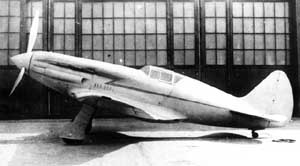
MiG-1

MiG-3

MiG-9

MiG-15

MiG-17

MiG-19
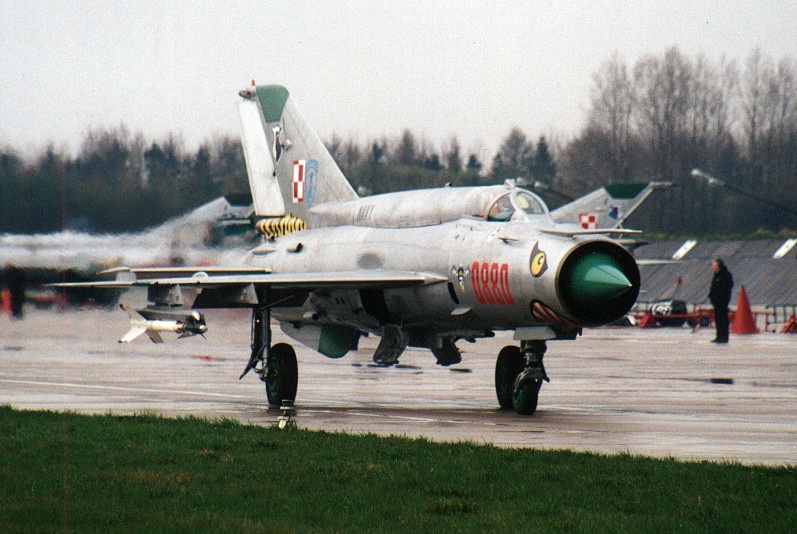
MiG-21
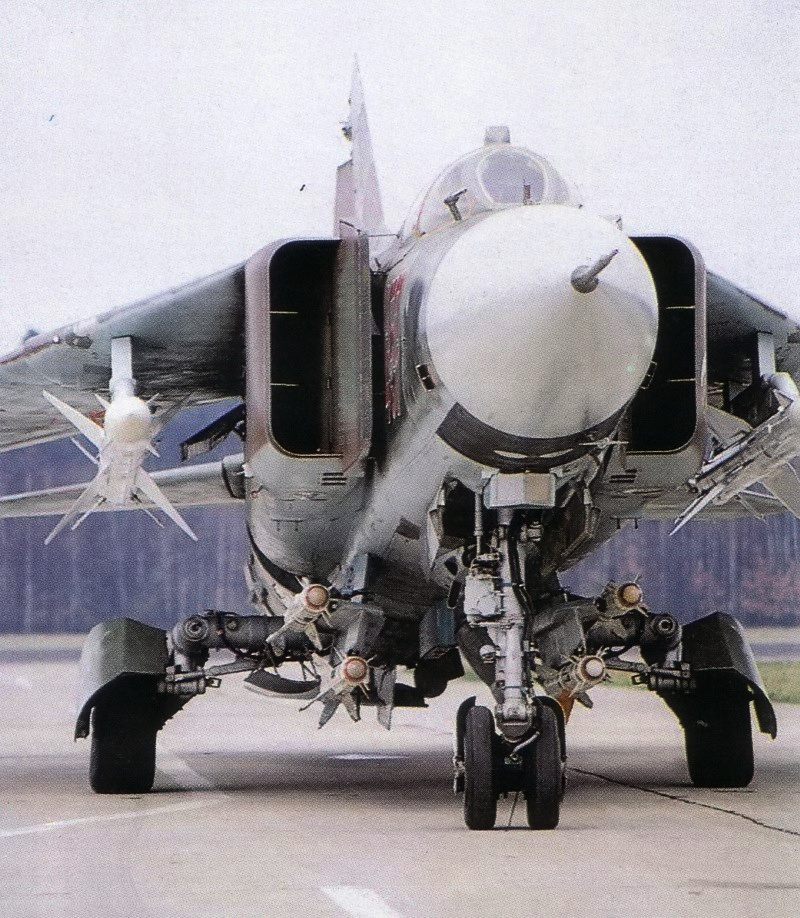
MiG-23
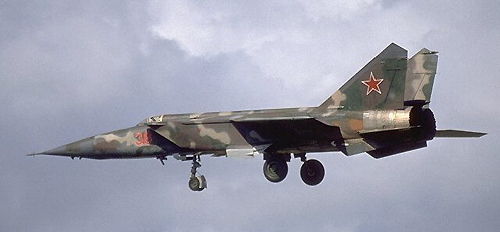
MiG-25
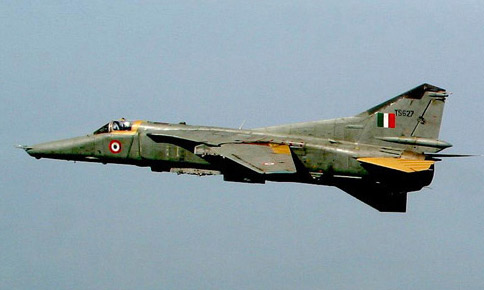
MiG-27

MiG-29

MiG-31 Foxhound

MiG-35
[ Last edited by BeachBoys at 20-10-2008 01:08 AM ] |
|
|
|
|
|
|
|
|
|
|
|
BAE Systems
BAE Systems was formed on November 30, 1999 with the merger ofBritish Aerospace (BAe) and Marconi Electronic Systems (MES), thedefence arm of The General Electric Company (GEC). The merger had beenagreed on April 27, 1999.
It was widely anticipated that BAe would merge with Germany抯 DASAto form a pan-European aerospace giant, however BAe chose instead tomerge with GEC抯 defence electronics business.Following that decision, DASA instead merged with Aerospatiale tocreate the European Aeronautic Defence and Space Company (EADS). Thisgroup was joined by Spain抯 CASA following an agreement in December1999.
The creation of what could be described as a UK company compared towhat would have been an Anglo-German firm, made the possibility ofpenetration of the United States (US) defence market more likely. Sincethen the company has steadily increased its investment in, and itsrevenues from, the US, while continental European companies have madelimited moves into that massive market. Major European companies suchas Thales and EADS are unlikely to ever be awarded, for example, aposition relative to BAE Systems' involvement in the F-35 Joint StrikeFighter programme.
BAE Systems inherited the "special" shareholding that wasestablished when British Aerospace was privatised. This special share,with a nominal value of |
|
|
|
|
|
|
|
|
|
| |
|